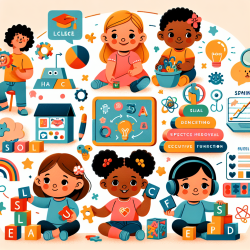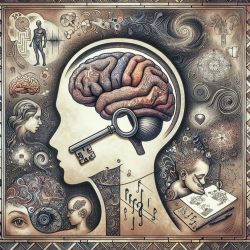The intersection of artificial intelligence (AI) and biometric sensors is opening new frontiers in the recognition of emotional, affective, and physiological states. This technology holds particular promise for educational settings, where understanding students' emotions can significantly enhance learning experiences and outcomes.
The Role of AI and Biometric Sensors in Emotional Recognition
Recent research, such as the comprehensive review by Kaklauskas et al., highlights the potential of AI cloud and edge sensors to capture and analyze human signals for affective state recognition. These technologies are grounded in Plutchik’s wheel of emotions, which provides a framework for categorizing emotions based on physiological responses.
Biometric sensors can track various physiological signals such as heart rate, skin temperature, and facial expressions. When integrated with AI algorithms, these sensors offer a powerful tool for real-time emotional analysis. This capability is particularly useful in educational environments where understanding students' emotional states can lead to more personalized and effective teaching strategies.
Applications in Educational Settings
The integration of AI-driven emotional recognition systems in schools can transform how educators interact with students. Here are some potential applications:
- Personalized Learning: By understanding individual emotional responses, educators can tailor their teaching methods to suit each student's needs, thereby enhancing engagement and learning outcomes.
- Emotional Intelligence Development: Teaching students to recognize and manage their emotions is crucial for their personal development. AI systems can provide feedback that helps students improve their emotional intelligence.
- Real-time Feedback: Teachers can receive immediate insights into how students are feeling during lessons, allowing them to adjust their approach on the fly to maintain a positive learning environment.
Challenges and Future Directions
Despite its potential, the implementation of AI and biometric sensors in education faces several challenges. Privacy concerns are paramount, as these systems require access to sensitive personal data. Ensuring data security and gaining consent from all stakeholders are critical steps before widespread adoption.
Moreover, there is a need for further research to refine these technologies. Future studies should focus on improving sensor accuracy and developing algorithms that can handle diverse cultural contexts and individual differences. Collaboration between technologists, educators, and psychologists will be essential to address these challenges effectively.
Conclusion
The integration of AI and biometric sensors into educational settings offers exciting possibilities for enhancing teaching methods through better emotional understanding. As research progresses, these technologies could become invaluable tools for fostering more supportive and effective learning environments.
For practitioners interested in exploring this field further or implementing these technologies in their schools, continuous learning through conferences, webinars, and publications is recommended. Staying informed about the latest advancements will be key to leveraging these innovations effectively.
To read the original research paper that inspired this discussion, please follow this link: A Review of AI Cloud and Edge Sensors, Methods, and Applications for the Recognition of Emotional, Affective and Physiological States.










